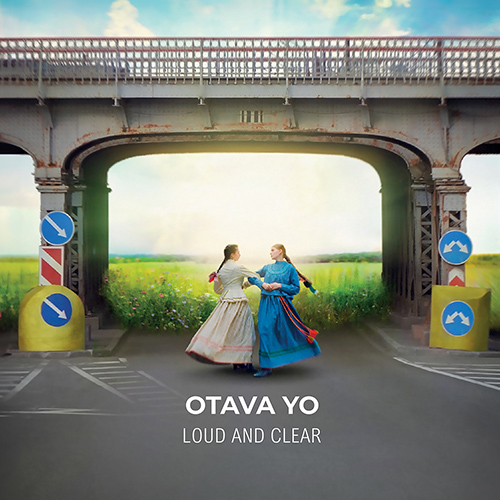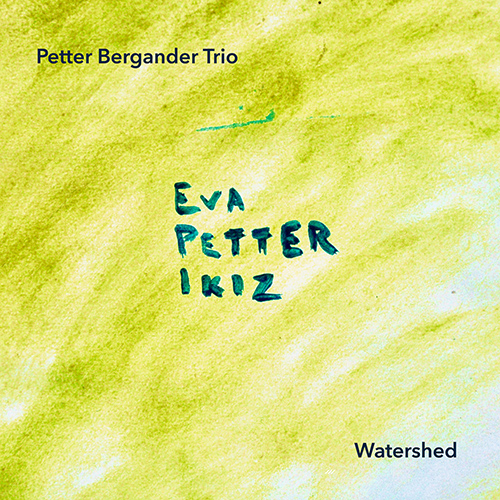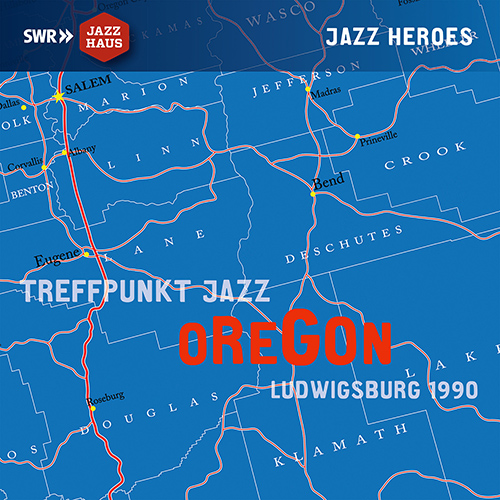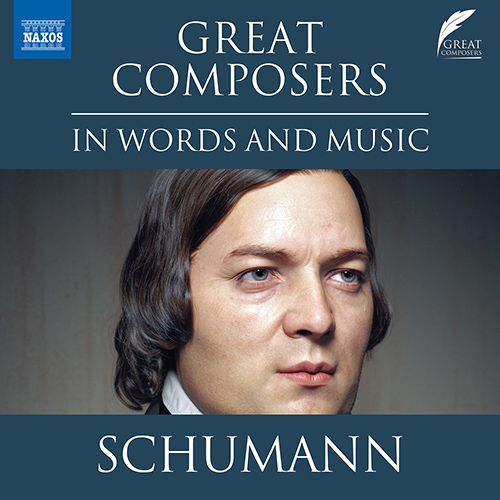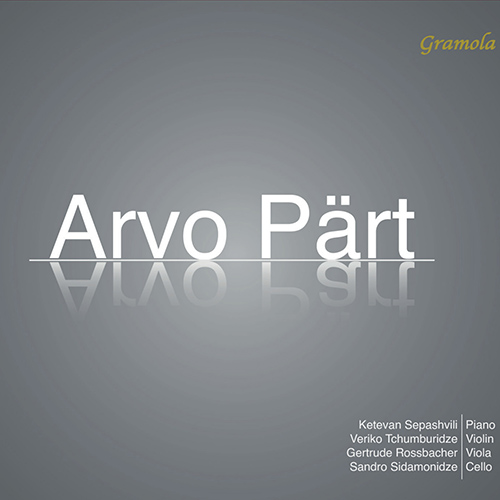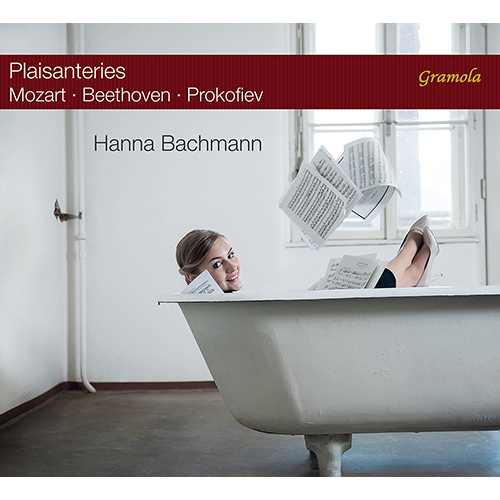In addition to its own wide-reaching monthly new releases (see www.naxos.com/newreleases.asp), Naxos also distributes several leading labels in many countries around the world. Here is a choice selection of recent releases from some of these distributed labels.
Gramola was founded in Vienna in 1924 as an Austrian offshoot of the Czech/British record producer of the same name and has been active since then in all areas concerning classical music. Gramola initially focused on the great composers of Viennese Classicism, such as Haydn, Mozart, Beethoven, and Schubert. In recent years, the focus has shifted to the promotion of young Austrian musicians, and, in collaboration with Exilarte, the preservation of works by the exiled and murdered Austrian composers. With more than 50 new releases a year, Gramola is recognised as Austria’s top classical music producer with the highest production rate in the country.
Watch Günther Groissböck performance of Richard Strauss’ Zueignung, accompanied by Malcolm Martineau
The horn concertos by Wolfgang Amadeus Mozart have always been part of the standard repertoire of every horn player. Tyrolean hornist Hansjörg Angerer presents the four horn concertos with the Ensemble Salzburger Hofmusik under the direction of Wolfgang Brunner, performed on an original instrument crafted by an unknown Bohemian master from around 1800. The complex playing techniques on this instrument, along with distinctive sound, differ significantly from those of a modern valve instrument, offering a profound exploration of the great variety of colours prevalent in the music of this era.
‘This programme is performed by Johanna Ruppert (violin), Christoph Heesch (cello), and Alexander Vorontsov (piano), who have formed the TONALI Trio especially for this project. The dynamic, technically brilliant and communicative interpretations are in keeping with the musical character of the works, and it is to be hoped that these three musicians, whose enthusiasm is palpable at every moment, will continue to work together as a trio… This is an album that not only introduces us to five high quality works, but also captivates us with its intense and joyful interpretations.’ – Pizzicato
To mark the 75th anniversary of the Bavarian Radio Symphony Orchestra (BRSO) in 2024, the BR-Klassik label is releasing previously unreleased recordings of noteworthy concerts for the first time. Among these recordings is the collaboration between Dutch conductor Bernard Haitink and the Bavarian Radio Symphony Orchestra, showcasing their extensive artistic partnership until Haitink’s passing in October 2021. This recording features Haitink’s interpretation of Shostakovich’s Eighth Symphony, captured during a concert at Munich’s Philharmonie im Gasteig in September 2006.
Bruckner’s Third Symphony was always something of a symphonic problem child, from its disastrous first performance (notwithstanding the enthusiastic reception it received from a young Gustav Mahler) until well into the 20th century. In its original form, it’s the longest, most Wagnerian of his symphonies that is often considered, rightly or wrongly, the first truly Brucknerian symphony. While some cherish the uncompromising originality of the first version, Bruckner himself preferred the much tighter 1889 third version, finding it “incomparably better”. This recording of that final version now enables listeners to decide for themselves.
Anders Koppel’s borderless view of music has taken in everything from psychedelic rock to world music and avant-garde concert pieces. But his gregarious musical aesthetic has found a special home in the world of the instrumental concerto, a genre whose exchange of energies continues to inspire him. Three of Koppel’s most charming concertos are heard here in new recordings from the musicians who inspired them and the Danish Sinfonietta that commissioned and first performed these works.
César Guerra-Peixe is one of the leading composers associated with musical nationalism in Brazil. A Retirada da Laguna is a programmatic suite that describes one of the most dramatic moments in the Paraguayan War of 1864–70, while his Concertino is a clever hybrid between folk music timbres and sophisticated high art ambitions. Museu da Inconfidência is one of the composer’s most admired works, taking us through a museum of 18th-century rebellion and heroism. Guerra-Peixe’s Symphonic Suites Nos. 1 and 2 can be heard on Naxos 8.573925, acclaimed by ClassicsToday.com as ‘absolutely world-class’.
This album features works by the prominent Norwegian composer Rolf Wallin (b. 1957), one of Scandinavia’s leading composers, performed by the Stavanger Symphony Orchestra from Norway under Andris Poga. It includes new compositions showcasing three outstanding soloists: Wallin’s concerto for the traditional Chinese instrument, the sheng, features award-winning artist Wu Wei, while his violin concerto showcases rapidly rising violin star Eldbjørg Hemsing. Additionally, Wallin’s Spirit for electric bass guitar and orchestra was composed for, and recorded here by, Ida Nielsen, acclaimed as one of the most notable bass players globally and renowned as Prince’s bassist.
Clarinettist/composer Jörg Widmann said in an interview that as a musician you cannot be distanced from the music you are playing. Instead, you have to make it your own. Depending on his own state of mind, for example, or in response to the orchestra, his performances always vary. Remaining faithful to the framework set by the composer, he masterfully achieves this balance between a personal interpretation and faithfulness to the work. Widmann has performed Mozart’s Clarinet Concerto numerous times, always impressed by how the composer, toward the end of his life, made the music apparently sound so simple, notwithstanding the multiple musical layers which are not immediately obvious.
Ferruccio Busoni began his career as a child prodigy, studying piano and composition at the Vienna Conservatory at the age of nine. As a composer, he initially dedicated himself to the traditions of Schumann, Chopin and Mendelssohn, but soon went on to create works that used extended tonality, and sometimes a bitonal approach. Busoni regarded his monumental Piano Concerto neither in the style of the brilliant virtuoso concertos, nor in that of the symphonic concertos by Beethoven and Brahms. He rather aimed at a subtle intertwining of piano and orchestra, with the piano hardly ever presenting a theme in its original form, but mostly decorating and transforming the material introduced by the orchestra.
Fryderyk Chopin was admired by Liszt for his individuality and revolutionary daring, and Schumann was wildly enthusiastic about the F Minor Piano Concerto, one of Chopin’s earliest works. Despite the concerto’s youthful origins, this is a novel and brilliant piece, its melodic elegance, harmonic richness and magical Adagio being a match for most of his later compositions. Chopin’s other pieces for piano and orchestra were composed to launch his career as a virtuoso, the Krakowiak being a vigorous Polish country dance, and Là ci darem a famously infectious tune from Mozart’s Don Giovanni.
This varied and vivid selection of works shows Ravel as the master of the ‘choreographic symphony’, words the composer used to describe Daphnis et Chloé. The ballet contains some of his most resplendent music heard here in the two popular suites from 1911 and 1913 respectively. Ravel’s imagination retained a direct link to the poetry of children, as shown in Ma mère l’Oye, while in Valses nobles et sentimentales he set out to write a sequence of waltzes following the example of Schubert. These critically acclaimed Vox recordings from 1974 performed by Stanisław Skrowaczewski and the Minnesota Orchestra are newly remastered in high definition from the original tapes.
Grammy Award-winning, ‘velvet voiced’ (NPR) baritone Will Liverman presents a recital programme honouring women in classical music, past and present, on Show Me the Way, his second ‘passion project’ recording for Cedille. Praised as ‘nothing short of extraordinary’ (Opera News), Liverman has curated a moving and poignant recital celebrating American female composers from 20th-century trailblazers Florence Price, Margaret Bonds, and Amy Cheney Beach to present-day composers commissioned for this programme. This new album, Liverman’s second with longtime recital partner pianist Jonathan King, is inspired by and honours the singer’s mother, gospel singer Terry Liverman, and their mutual love of song. The Livermans perform together on recording for the first time in their own arrangement of Alma Bazel Androzzo’s cherished hymn If I Can Help Somebody.
Fernando Lopes-Graça, one of Portugal’s most prolific and innovative 20th-century composers, was steeped in the folk songs of various provenances. In this third instalment, (the earlier volumes are on 8.579039 and 8.579082) Lopes-Graça sets some of the greatest of all Portuguese poets. His exploration of harmonic complexity and progressive writing is distantly rooted in Debussy and laced with other subtle French elements. Premiere recordings of the kaleidoscopic Old English and French songs, which run the gamut of emotions, are among his earliest settings of foreign folk songs.
Since its foundation in 2013, the Berliner Operngruppe has made a name for itself by giving annual, semi-staged first performances in Berlin of works such as Donizetti’s Deux hommes et une femme and Betly, together with other operatic rarities. This album is the world premiere recording, made on 14 May 2023, of Donizetti’s opera Dalinda, a work that had a brush with the censors, similar to that experienced by his opera Lucrezia Borgia, and disappeared unperformed until it was rediscovered a few years ago by the musicologist Eleonora Di Cintio, in whose critical RICORDI edition it’s heard here.
During his lifetime, Oskar Merikanto (1868–1924) enjoyed unparalleled popularity as the most celebrated composer in Finnish households. Even today, his compositions remain ubiquitous, gracing events such as weddings and funerals. Merikanto, an accomplished pianist and organist, possessed a particular gift for writing memorable melodies. His enduring appeal is evident in his extensive body of work, comprising over 200 songs, numerous duets, several choral compositions, and nearly 200 piano pieces. As the year 2024 marks the 100th anniversary of the death of Oskar Merikanto, baritone Waltteri Torikka pays tribute to the composer by presenting 29 of his melodies in this album. Signed by Warner in 2015, Torikka, who topped the Finnish pop charts for three weeks in 2018, is a prominent figure in European opera and music festivals, having graced stages at prestigious events such as the BBC Proms.
In the year 2024, known as the Bruckner Year, St. Florian Abbey holds a prominent position. This historical abbey, the final resting place of Anton Bruckner and home to the renowned ‘Bruckner’ organ, along with the world-famous St. Florian Boys’ Choir, captures even greater attention from the international Bruckner fan community. A remarkable prelude to this was the intermission film during this year’s New Year’s Concert by the Vienna Philharmonic Orchestra, where the Florian Boys’ Choir mesmerised millions with their performance of the single release of Locus iste, taking viewers on a journey through all of Bruckner’s memorials.
Founded in 1071, the St. Florian Boys’ Choir pays homage to their “most famous member” in history, Anton Bruckner, by incorporating one of his compositions into nearly every concert they perform. Locus iste has become a cherished anthem for the choirboys, alongside other magnificent motets such as Ave Maria, Os justi, and Tota pulchra es, which are regularly featured in their repertoire.
This album not only showcases Bruckner’s well-known choral works but also presents some rare treasures. A special role is played by the recently restored Bruckner grand piano, a Bösendorfer built in 1846. Franz Farnberger delivers a captivating performance of Bruckner’s renowned piano piece, Erinnerung, and accompanies countertenor Alois Mühlbacher, a former choirboy, in two Bruckner songs. The boys collaborate with the pianist for a breathtaking rendition of the 22nd Psalm, while an ensemble of former choirboys presents the male choruses Um Mitternacht and Herbstlied. To add a touch of humour, Franz Farnberger has ingeniously rearranged Der Lehrerstand, a men’s choir piece, into an amusing alternating song between teachers and pupils. Recorded in St. Florian, this Bruckner CD naturally features the famous Bruckner organ, skilfully played by monastery organist Klaus Sonnleitner.
This recording project, the culmination of research initiated in 2020, follows the release of the third book of madrigals (TC531601) by the same composer. This earlier release was the result of the first collaboration between conductor Elia Orlando, the ensemble Tuscae Voces, and the record label Tactus. It is safe to say that the outcomes confirm how the musical landscape in Renaissance Prato deserves much more attention than it has drawn so far. Biagio Pesciolini, besides being closely connected to the Florentine court, demonstrated a vision that extended beyond the confines of Prato’s city walls. Praised by peers Ludovico Zacconi and Antonio Brunelli for his mastery of techniques rooted in Flemish-origin ars musica, Pesciolini skilfully navigated both ‘orthogonal’ writing for double choir and intricate compositions for five and six voices. This demonstrates Pesciolini’s openness and receptivity to the diverse musical tendencies of Italy’s most important musical centres.
After decades of neglect, many collectors will feel that it’s high time to revisit the eight symphonies and grand orchestral passacaglia Mystery of Time by Miloslav Kabeláč (1908–1979); and those who are appreciative of those works will surely find this compendium of his complete chamber music highly attractive. The programme represents the full gamut of his fifty-year development as a composer, with examples of both conventional and experimental forms, and ranging from the early horn and cello sonatas, to his Suite for Saxophone, and concluding with the dramatic chamber cantata Osudová dramata člověka. This 3-CD set happily includes performers who are noted enthusiasts for Kabeláč’s music, not least Albrecht Mayer, Sarah Willis, and Jan Vogler.
Florence Price and Leo Sowerby were both prominent members of the Chicago music community in the 1930s and 1940s, and they are known to have respected each other’s work. Most of Florence Price’s compositions remained unpublished at her death, and her String Quartet in A Minor was not performed in her lifetime. Its African American vernacular idioms and colourful harmonic language are characteristics shared in the famous melodies woven into the later Five Folksongs in Counterpoint. From its brooding opening through propulsive rhythms, expressive lyrical melodies and fugal finale, this premiere recording of Sowerby’s String Quartet in G Minor reveals a work undeserving of its decades of obscurity.
This release marks Yarlung’s most adventurous and successful collaboration in the label’s nineteen- year history. Julien Labro’s Meditation No. 1 elicits the intoxicating tango rhythms of South America, while Clarice Assad’s Luminous and Cravo e Canela remind us why Brazilian jazz continues to be one of the world’s favourites. Clarice Assad’s three-movement Constellation for Harumi Rhodes on violin and Clarice on piano evokes Clarice’s nuclear family and her two young daughters.
This album celebrates the upcoming 50th Anniversary of the extraordinary Takács Quartet, formed in the mid-1970s at the Franz Liszt Academy in Budapest by Gabor Takács-Nagy, Károly Schranz, Gabor Ormai, and András Fejér. András, a founding member and music student, continues his commitment to the quartet, which has risen to become one of the highest-ranked and best-loved string quartets in history.
Vittorio Rieti’s admission that his musical style was largely neo-Classical belies a cosmopolitan openness to influences that range from Les Six, the Second Viennese School and Stravinsky. This recording shows a youthful and at times mischievous approach – Rieti frequently puts a smile on the face of his music, united with a fondness for brevity, and melodies reminiscent of the atmosphere of Parisian clubs. The Chess Serenade has a whiff of New York Broadway about it, and the dance character in many of these pieces reflects Rieti’s successful work for the stage. Following on from the critically acclaimed first volume (GP921), Giorgio Koukl – described as ‘one of the five or six greatest living pianists today’ by The Art Music Lounge – is once again joined in the works for piano duo by the prize-winning pianist Virginia Rossetti.
This album presents the complete solo works for guitar by two Catalan contemporaries, the cellist Gaspar Cassadó and the pianist Federico Mompou. Cassadó wrote six guitar works connected to his friendship with Andrés Segovia, mostly based on folk elements such as the sardana, a traditional Catalan circle dance. In Mompou’s works for guitar, the influence of his mysticism and attachment to Catalan folklore are undeniable. He composed primarily for piano but he also wrote three pieces for guitar, notably Suite compostelana for Segovia. The hypnotic, austere and lyrical elements in this work distil Mompou’s compositional genius.
It took considerable time for the guitar to make its mark and establish itself in contemporary music. Yet the piece that marked its entry into the 20th century was a remarkably modern: Manuel De Falla’s Tombeau, dedicated to Claude Debussy in 1922. The instrument possessed all the attributes necessary to be considered ‘modern’: a small but captivating chamber music sonority, a prestigious lineage (tracing back to its then partially forgotten noble ancestor, the lute), and a technique still evolving and ready to be explored. However, despite Schönberg’s use of the guitar as early as 1924 in his Serenade, mainly owing to Andrés Segovia – the main architect of the instrument’s renaissance in the 20th century – the repertoire remained linguistically linked to that debut moment until the 1970s: modern, but no longer contemporary. It was through the efforts of Leo Brouwer (1939), a talented Cuban guitarist and composer, alongside a handful of other performers – including Siegfried Behrend (1933–1990) and Angelo Gilardino (1941–2022) – that the first compositions for guitar, incorporating elements that composers had been employing for decades, such as aleatorism, serialism, free atonality, and extreme timbral experimentation, reached a wider audience. When contemporary composers finally embraced the instrument, they did so with conviction, developing its full potential in the knowledge that it possesses the versatility necessary for the languages of our time.
Richard Strauss’s single-act ballet Josephs Legende emerged in 1914 just as the world’s attention was turning to war. But with its exotic instrumental colouring and the composer’s intent to rejuvenate dance into a ‘purely inspirational form’ dedicated to ‘absolute beauty’, it reveals a great ballet composer and demonstrates his orchestral mastery to the full. Josephs Legende is a parable about struggles between good and evil based on the familiar Old Testament story of the slave boy Joseph. The work’s dramatic tale is set with alluring sensuality expressed through Strauss’s gift for soaring themes.
Embark on a musical journey celebrating humanity’s relentless pursuit of innovation and exploration. This recording, a tribute to pioneers like Amelia Earhart and Neil Armstrong, showcases new compositions and transcriptions, some crafted exclusively for the Navy Band. Immerse yourself in monumental pieces reimagined for winds, created by composers and arrangers with strong ties to the Navy Band. Join us in navigating uncharted waters and be the first to experience the thrilling intersection of tradition and innovation!
When Rossini’s opera Le Siège de Corinthe premiered in 1826 in Paris, it became a huge success all over Europe. The Rossini Opera Festival now presents the opera in a new production from Carlus Padrissa of the Barcelona collective La Fura dels Baus ‘which here has one of its most interesting shows’ (connessiallopera.it). Artistically, ‘Roberto Abbado holds the ranks excellently and supports a well-cohesive and balanced cast’ (L’ape musicale) ‘where bass-baritone Luca Pisaroni growled fearsomely as Sultan Mahomet, tenor Sergey Romanovsky as Néoclès matched a warm tone with pinging top notes, and tenor John Irvin was self-assured as Cléomène, but soprano Nino Machaidze as Pamyra thrilled most of all, as she purred effortlessly through pyrotechnic coloratura’ (Financial Times).
The Teatro La Fenice, inaugurated in 1792, stands as one of the world’s most renowned and exquisite theatres. For nearly 20 years, it has hosted the traditional New Year’s concert, captivating audiences in Italy and beyond and solidifying its status as one of the most sought-after New Year’s events. The orchestra of Teatro La Fenice, conducted by Daniel Harding, presents a colourful array of arias and orchestral pieces. Soprano Federica Lombardi and tenor Freddie De Tommaso sing famous arias such as Casta Diva and Nessun dorma from beloved operas including Carmen, La traviata, La bohème, Turandot, William Tell, and La clemenza di Tito. Additionally, Jacopo Tissi, now principal dancer of the Dutch National Ballet, enchants the audience with a scene from Tchaikovsky’s ballet The Sleeping Beauty, adding to the excitement and allure of this thrilling and exhilarating concert.
Inspired by the novel of the same name by Abbé Prévost, Puccini achieved his first major triumph with Manon Lescaut. The story of the rise and fall of the courtesan Manon was written with haunting music, faithful to the principles of the verismo. In this production, Liudmyla Monastyrska, hailed as ‘one of the most important voices of today’ (Beckmesser.com) delivers a ‘magnificent voice’ (Operawire), while Gregory Kunde’s Des Grieux is praised as ‘genuinely Puccinian’ (opera online). Carlos Chausson ‘offered a masterful performance’ (bachtrack) and conductor Emmanuel Villaume ‘provides a vehement and passionate musical reading’ (El Mundo).
Doktor Faust was left incomplete at the time of Busoni’s death. Intended as his masterpiece, the opera’s genesis was complex and long. Based on Goethe’s tragic play, the story of Faust’s pact with the devil is well known but the opera’s structure represents Busoni’s unique conception, cast in two Prologues, a beautiful orchestral Intermezzo and three scenes. Exploring ideas of rationality and metaphysical doubt as well as the concepts of artifice and pretence inherent in operatic performance, the result is one of the most creative and unsettling of Busoni’s works.
Wagner’s Der Ring des Nibelungen (The Ring of the Nibelung) comprises four operas of which Die Walküre (The Valkyrie) is the second, famous for its spectacular set-pieces such as the Ride of the Valkyries and Wotan’s Farewell. The plot focuses on the lovers Siegmund and Sieglinde and on the disobedience of the Valkyrie Brünnhilde, who defies the edict of Fricka, the goddess of marriage, to punish them. With Die Walküre, Wagner achieved a perfect synthesis of poetry and music. Sir Donald Runnicles conducts an internationally acclaimed cast in this innovative new production by Norwegian director Stefan Herheim.
Nielsen’s Maskarade is regarded as Denmark’s national opera. It combines folk-song character, Mozartean elegance and virtuoso surprises to create what conductor Titus Engel describes as ‘musical comedy that’s both witty and of the highest calibre’. Based on an 18th-century play by Ludvig Holberg, the story revolves around Leander and Leonora who meet at a masquerade ball, swear undying love, and then have to deal with the complicated consequences of their situation, all accompanied by Nielsen’s irresistibly sparkling score. This acclaimed contemporary staging from Oper Frankfurt is sung in a new German translation and directed by Tobias Kratzer.
With their latest album Loud and Clear, Otava Yo continue to develop the concept of bringing Russian folklore songs to broader modern-day audiences. Remaining true to themselves, they speak to their audiences, who may be curious about their own musical heritage, using modern-day ideas, melodies and vocabulary. They use a large number of acoustic instruments, including the unique Russian gusli and a specially-recreated Russian bagpipe. Loud and Clear also features female vocalists from the folk ensemble Vasilisa, with whom Otava Yo have a longstanding relationship and an extensive record of past successful collaborations.
The third album by the Petter Bergander Trio was released on March 8 and is celebrated with a concert that same evening at Stockholm’s Jazzclub Fasching. On the eight tracks, listeners will discover improvisations and lyrical melodies characteristic of Petter Bergander’s piano compositions. The music serves as both a fiery inspiration and a source of solace during challenging times.
Although Oregon was founded as an ensemble of soloists, their strength has always been their ability to integrate as a band, a result of their unusual combination of talent and curiosity. None of the members was content with just one instrumental style, but instead developed connections with classical Indian and European music, bluegrass, folk, jazz and experimental avant-garde. With such a solid musical foundation, the Oregon four needed to do little more than appear within a zeitgeist that welcomed improvisational and chamber jazz sounds, and before an audience that valued their wild mix of characters and compositional talents.
Following the band’s formation in 1970, Oregon soon became well known from their many performances and recordings, subsequently progressing from the style laboratory of the early years into a chamber jazz authority, whose special appeal unfolded above all in their pyrotechnic concerts, such as that in Ludwigsburg, in 1990. That performance featured a colourful, mixed programme that showcased a cross-section of two decades of experimental sound.
The unresolved and ambiguous details of Robert Schumann’s psychological decline and death have tended to dominate his biography. Yet in his time, Schumann was lauded as a protean Romantic literary genius whose writings, as a music critic, poet, novelist and dramatist, eclipsed his musical creativity. How did Schumann reconcile these elements? Does his music suggest he suffered from bipolar disorder? How did his pianist wife, Clara, influence his compositions? The narration is illustrated with some of Schumann’s finest works including excerpts from the symphonies, his song cycle Dichterliebe, the piano works Papillon and Carnaval, and the Piano Concerto, among others.
Introducing a selection of classical masterpieces for your listening pleasure. Discover the emotional depth of Richard Strauss’ Zueignung, Op. 10, No. 1, beautifully performed by the talented Günther Groissböck. Experience the serene beauty of Arvo Pärt’s Spiegel im Spiegel and the haunting depth of Fratres, presented in mesmerizing versions for violin and piano, as well as cello and piano. Lastly, enjoy Variation 1 from Wolfgang Amadeus Mozart’s 8 Variations in F Major on Schack’s or Gerl’s Ein Weib ist das herrlichste Ding, K. 613, skilfully interpreted by Hanna Bachmann on piano. Download now and enjoy!
‘The tone is rich and warm, produced evenly from top to bottom…Groissböck’s technique is totally secure. …Groissböck displays a variety of feelings – he can sound tender and inward as well as heroic and powerful.’ – Fanfare
The concept album Arvo Pärt by Gramola is based on the motif of the mirror. Following up on Daniel Barenboim’s saying ‘Music comes from silence and ends with it’, there is a prologue and epilogue for piano solo (For Alina / Variations for the Healing of Arinuschka), which in minimalist form and Pärt’s own tintinnabuli style provides the framework for this almost spiritual journey.
The spectrum of variety of this program spans from the childlike cheerfulness of Mozart (Variations on A Woman is the Most Delightful Thing, K. 613) to the profound wit and deliberate irony of Beethoven (Diabelli Variations, Op. 120) to the pungent laughter of Prokofiev (Sarcasm, Op. 17).
* Offer available until 18 April 2024 only.
Make sure to subscribe to Naxos newsletters for other great offers.








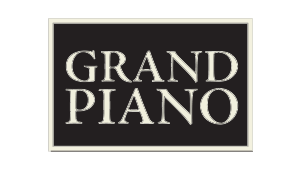
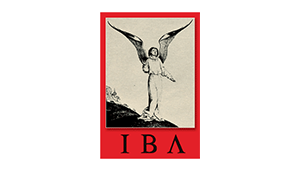



















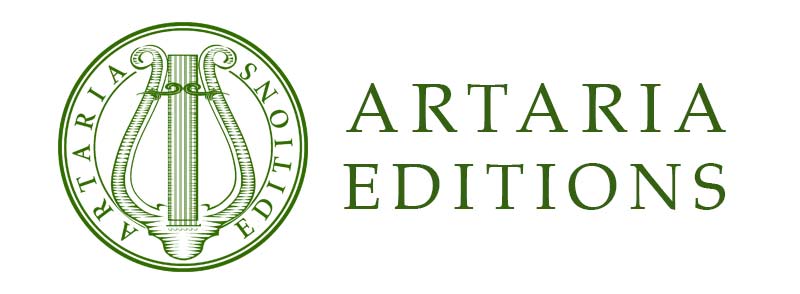



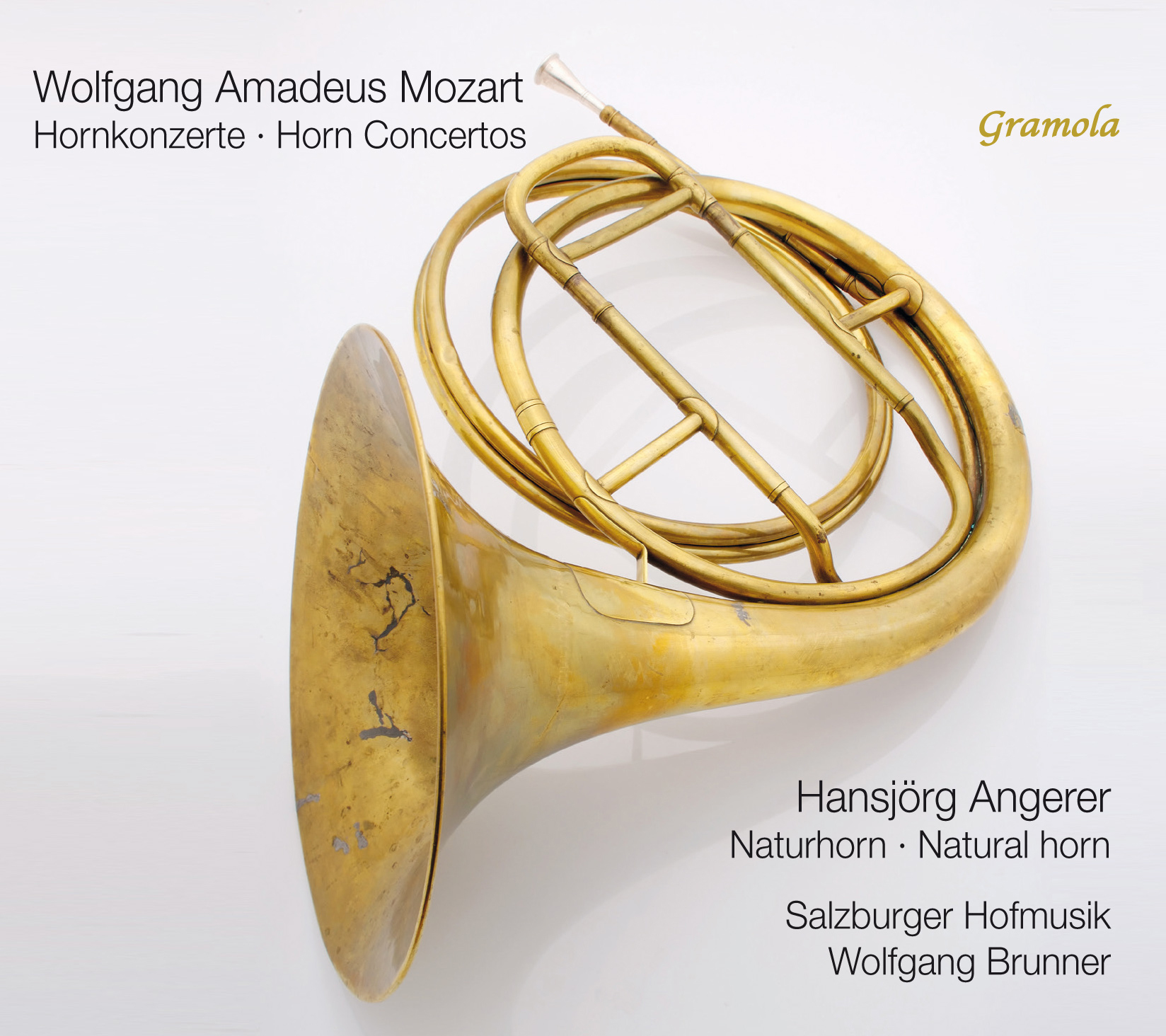
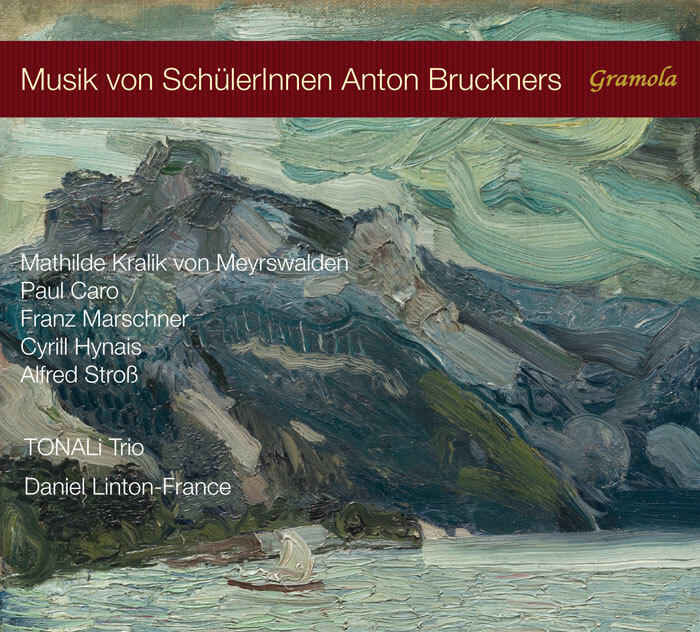

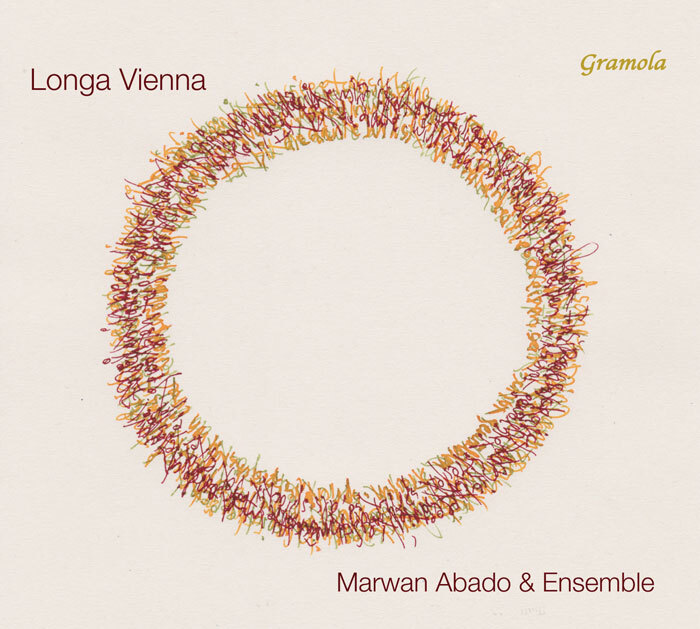
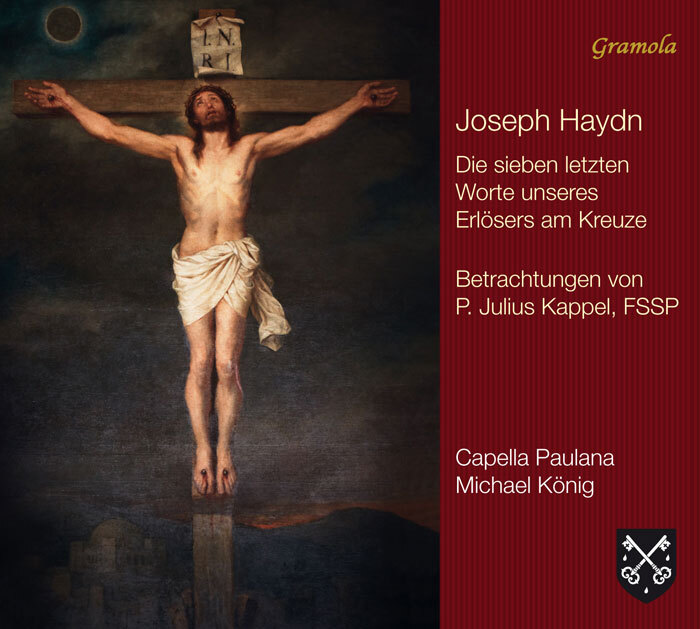
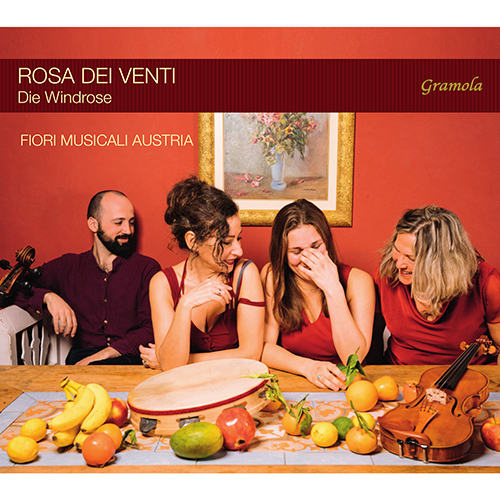
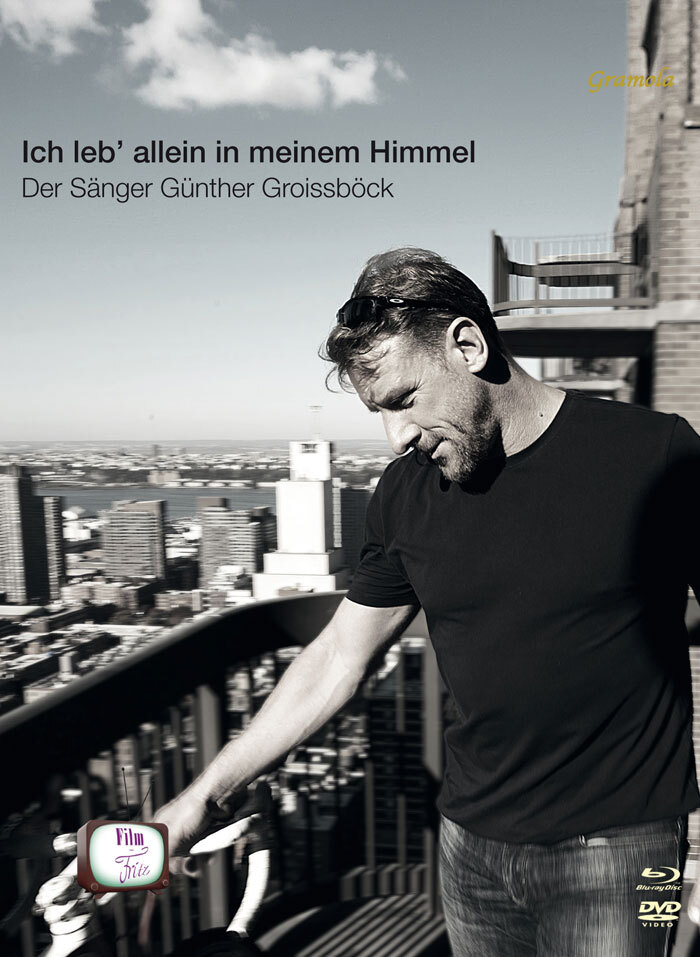
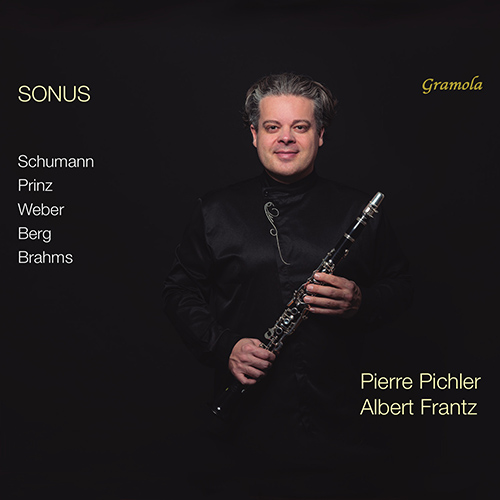
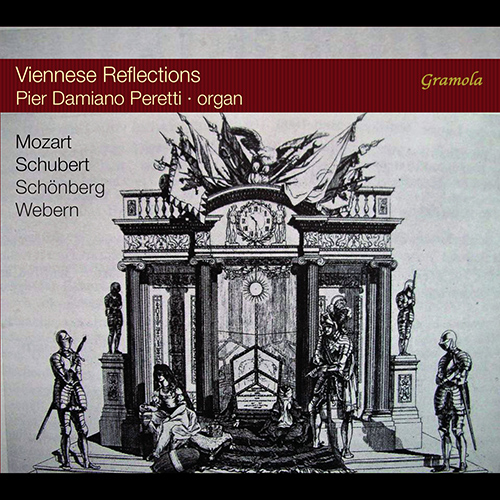
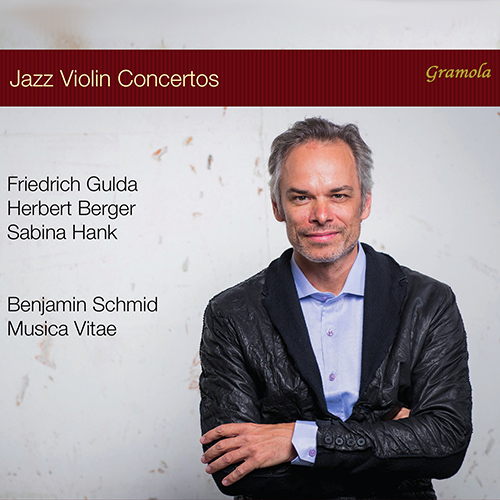
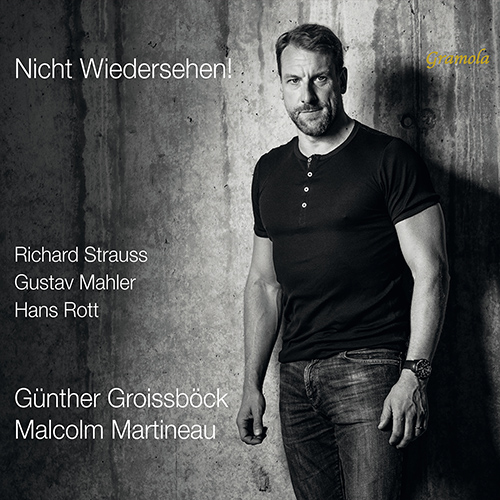
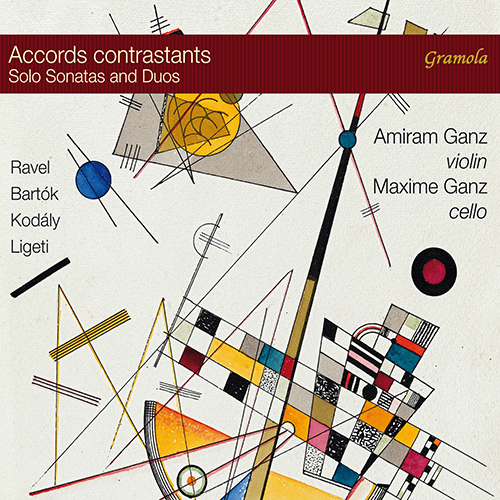
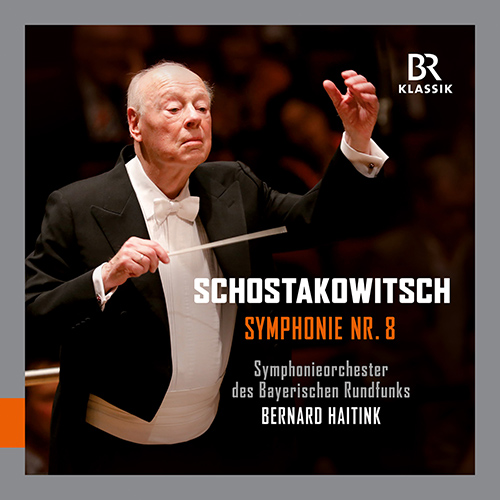
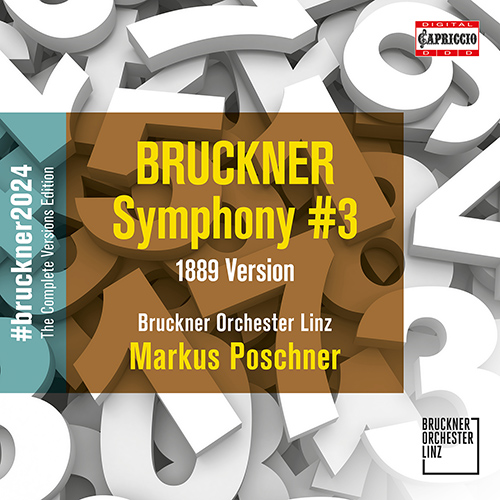
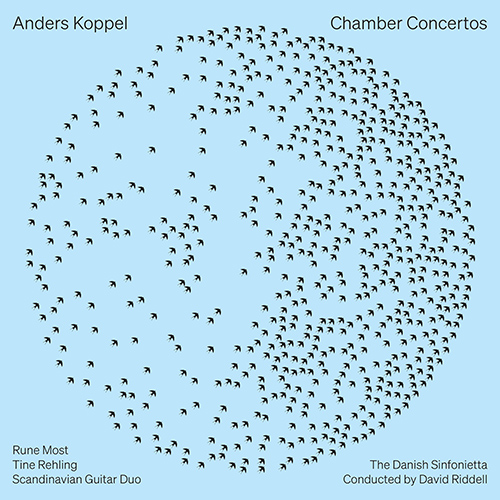
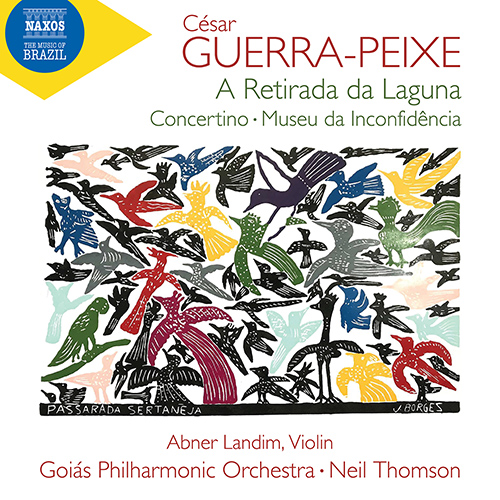
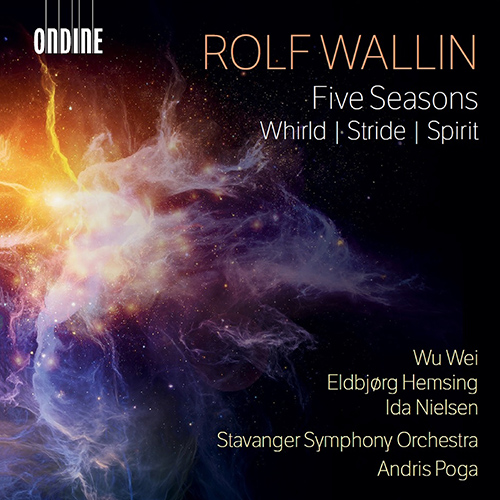
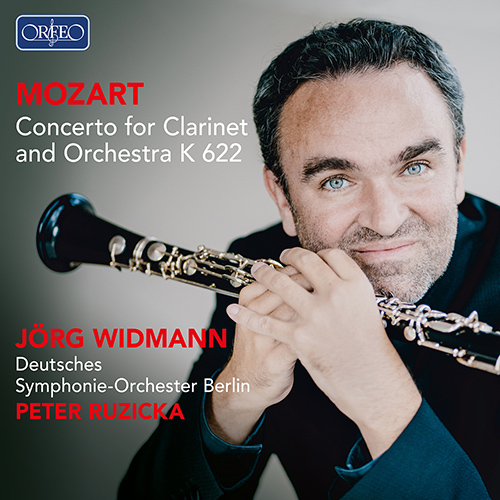
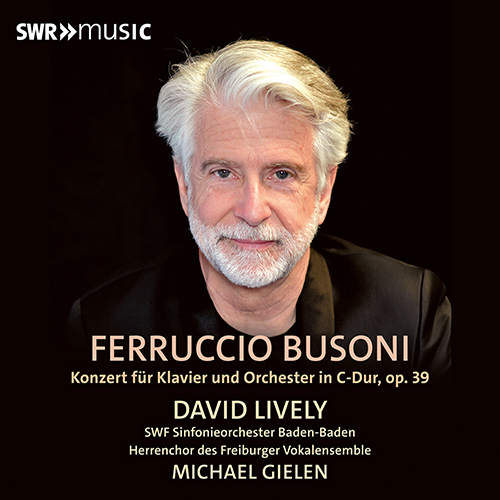
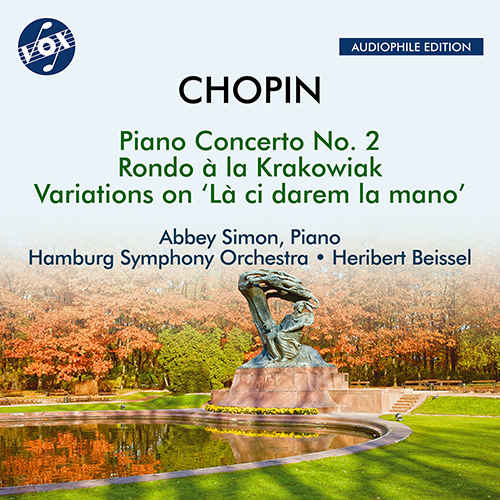
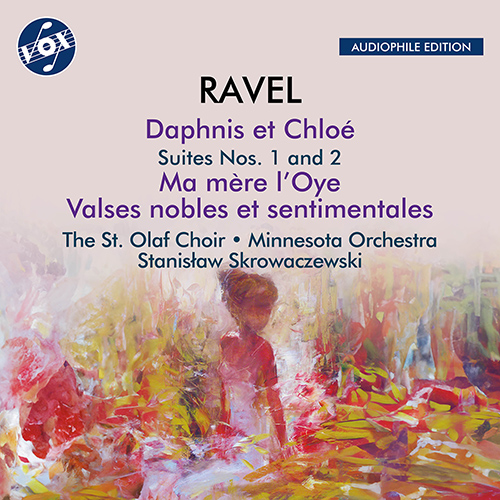
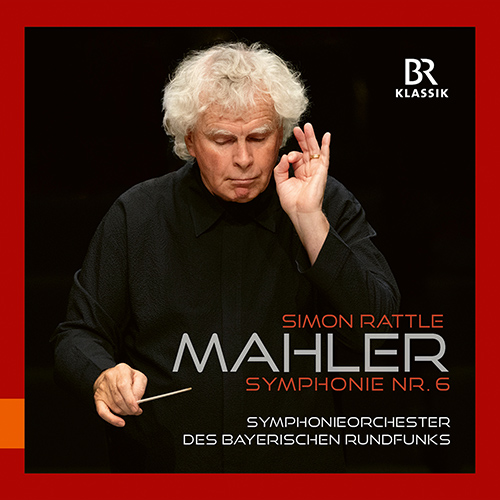
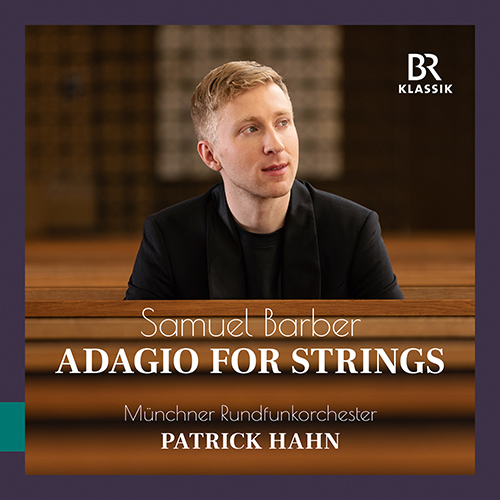

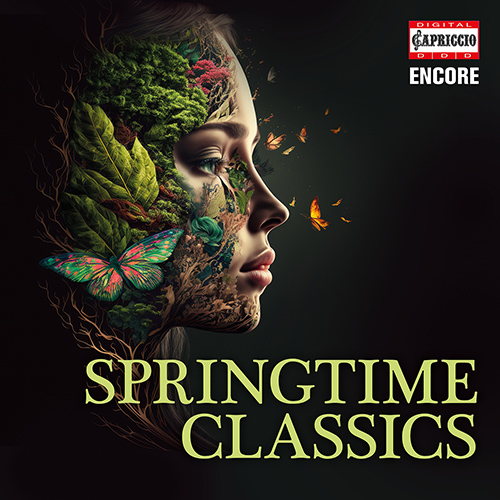
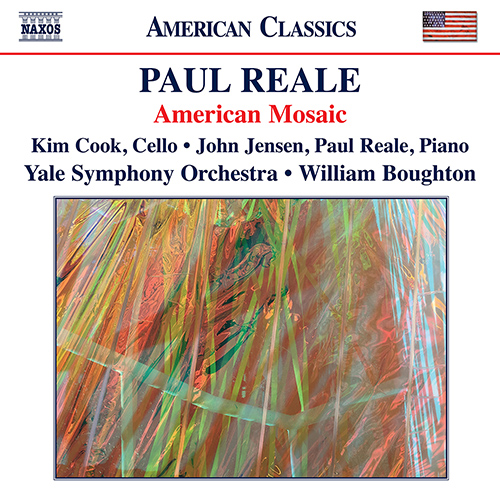
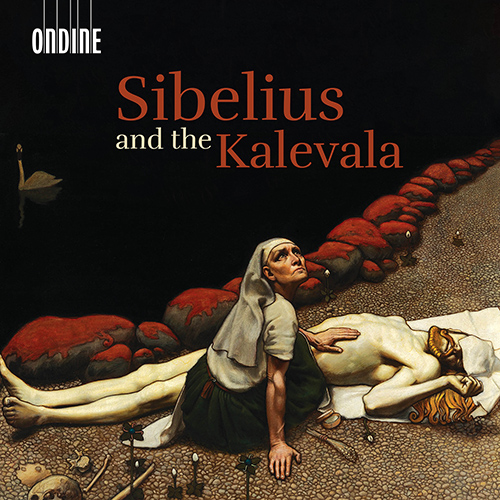
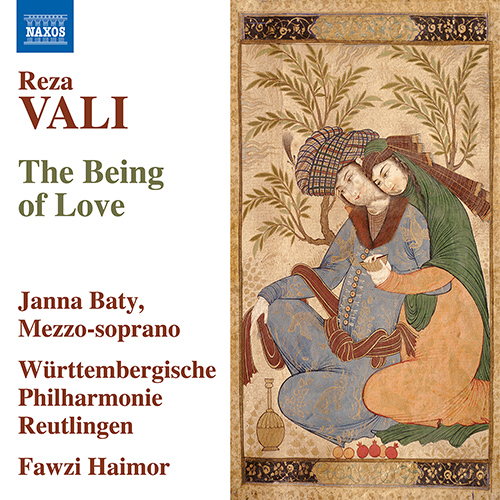
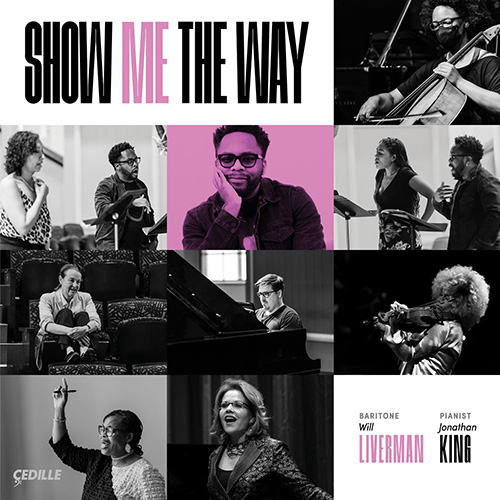
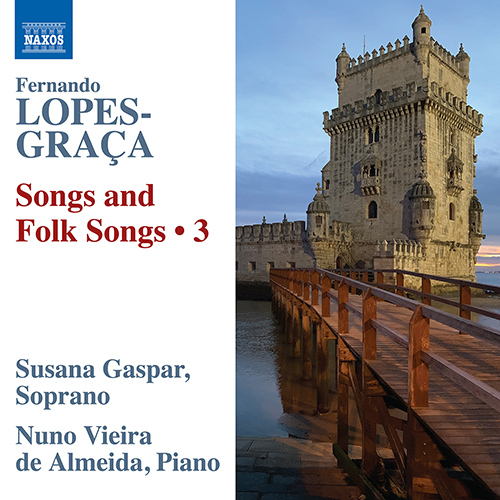
![DONIZETTI, G.: Dalinda [Opera] DONIZETTI, G.: Dalinda [Opera]](../../../sharedfiles/images/cds/hires/OC989.jpg)
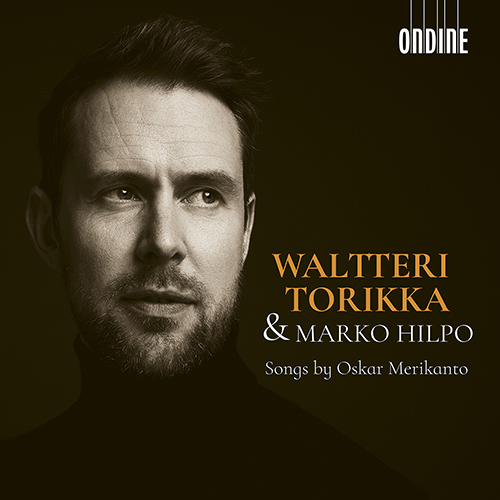
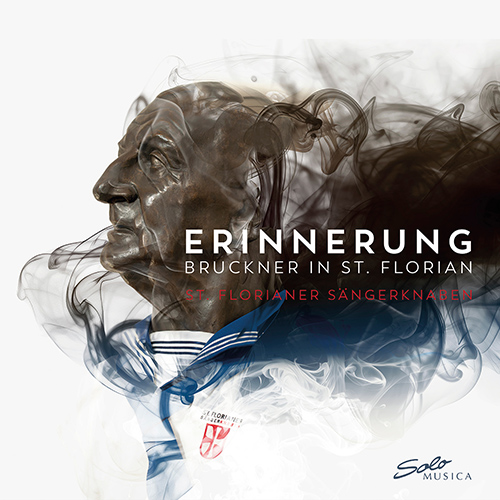
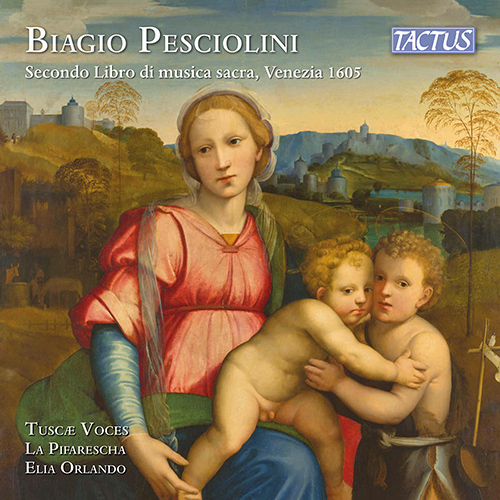
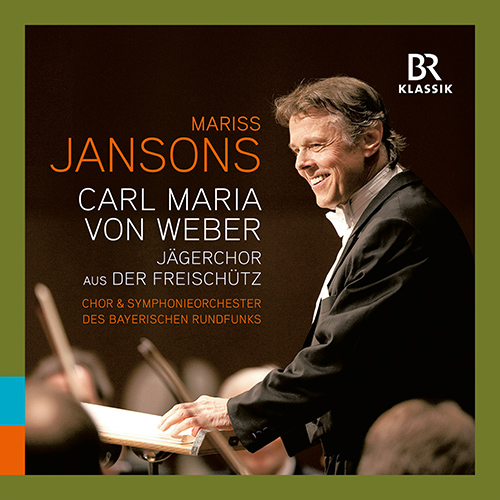
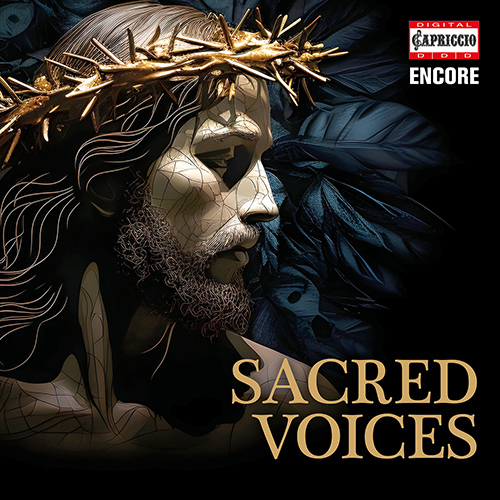
![DELLAIRA, M.: The Leopard [Opera] (K. Josephson, Redmon, F. Ragsdale, Frost Opera Theater Chorus, Frost Symphony, Gerard Schwarz) DELLAIRA, M.: The Leopard [Opera] (K. Josephson, Redmon, F. Ragsdale, Frost Opera Theater Chorus, Frost Symphony, Gerard Schwarz)](../../../sharedfiles/images/cds/hires/8.669052-53.jpg)
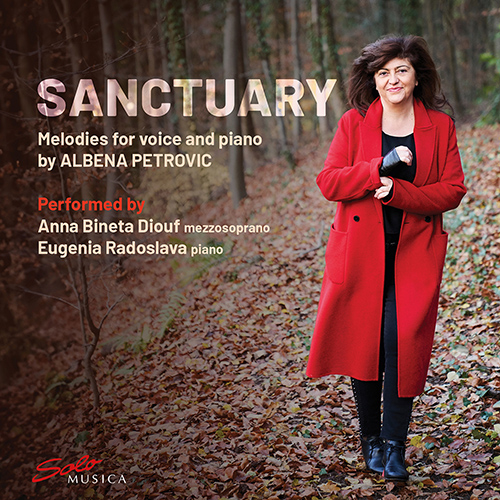

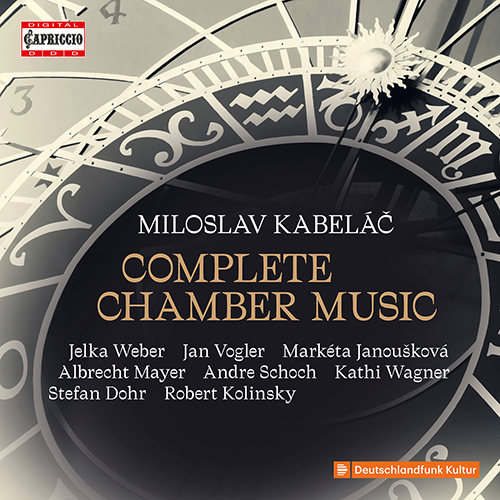
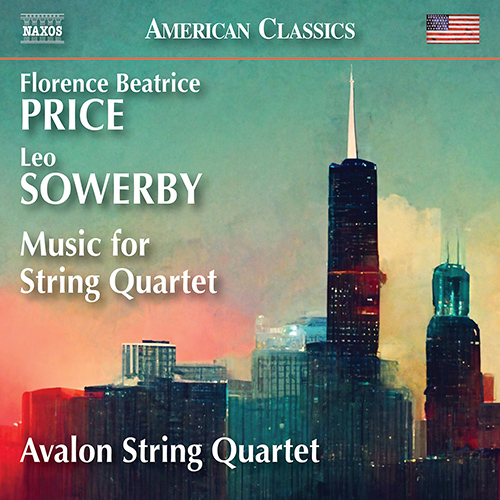
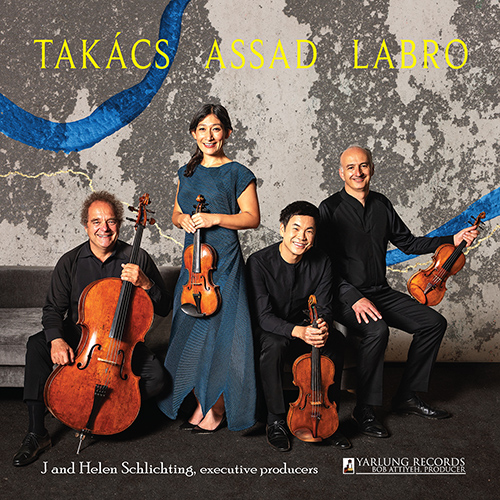
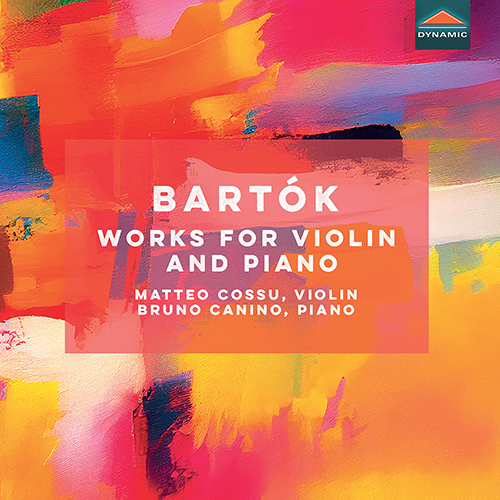
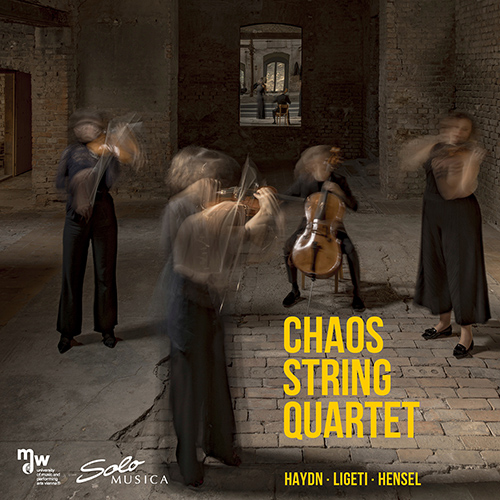
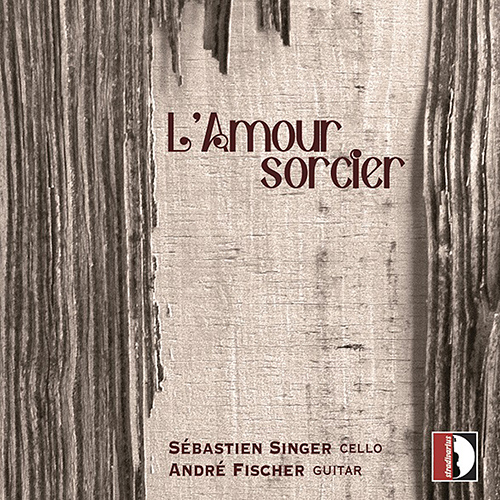
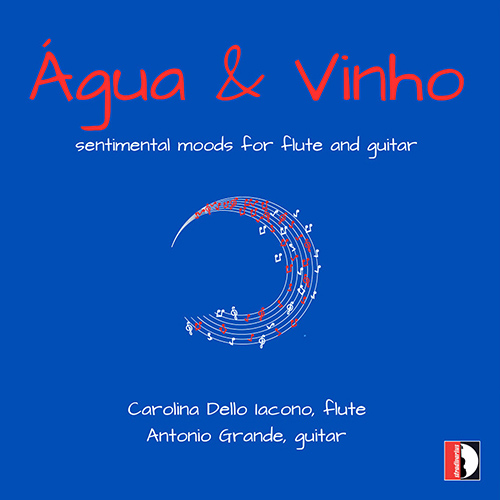
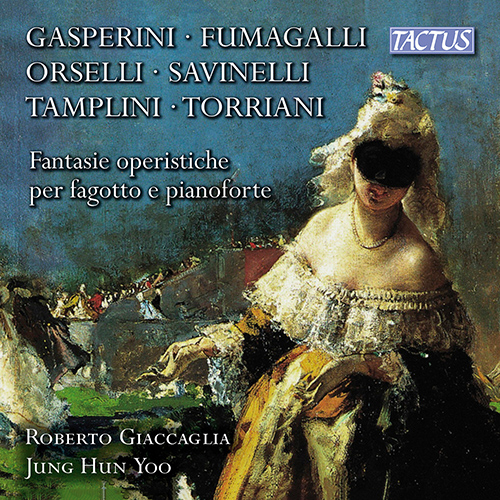
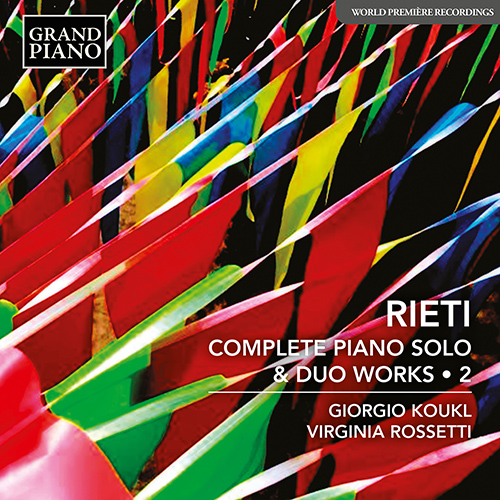
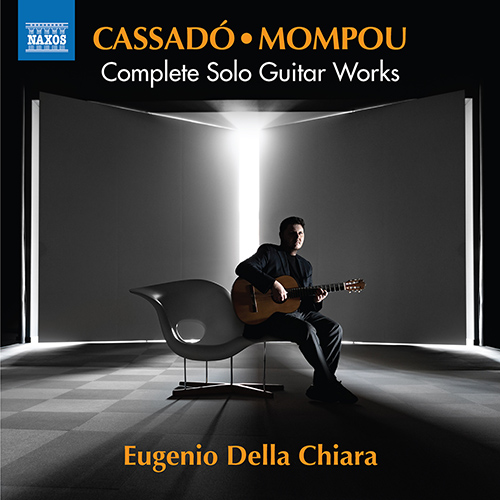
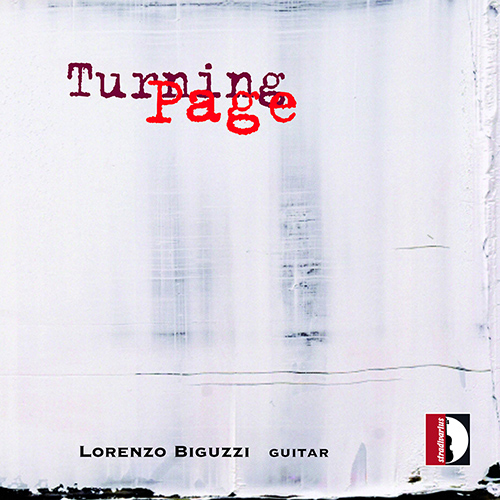
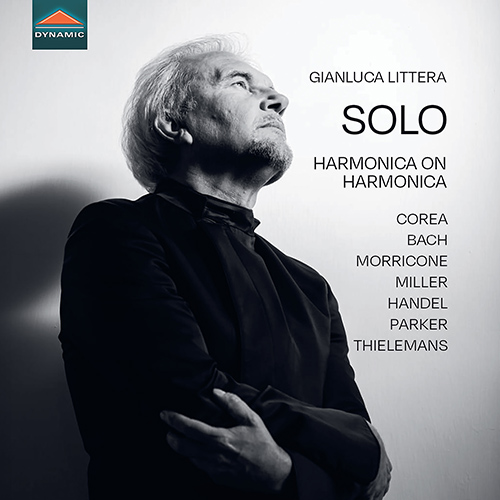
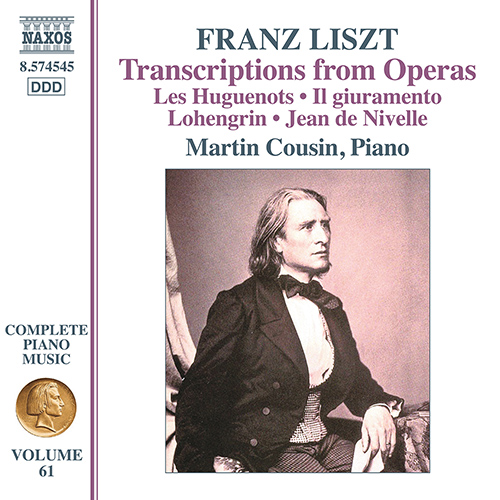
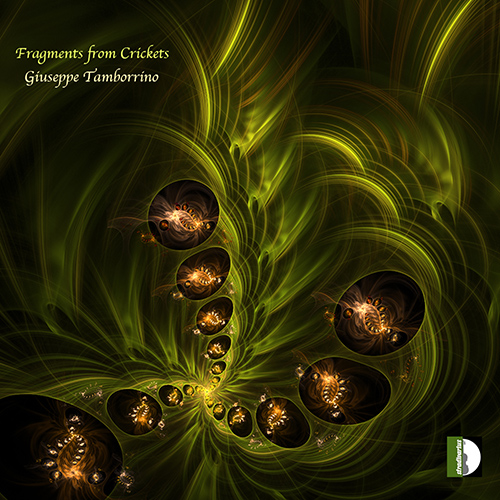
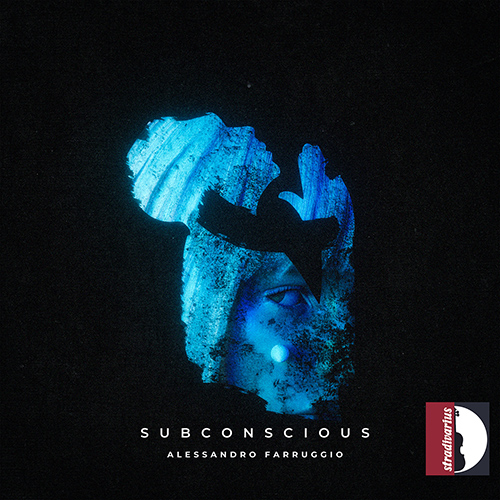
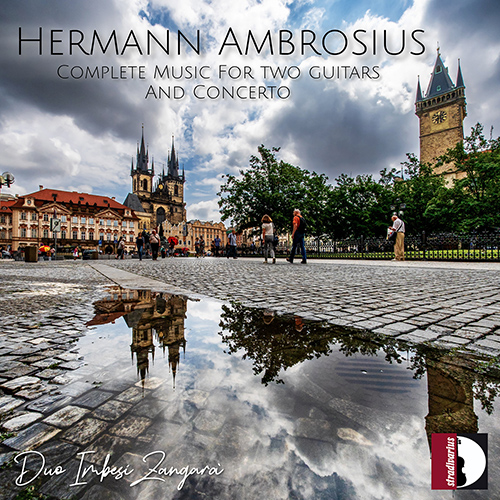
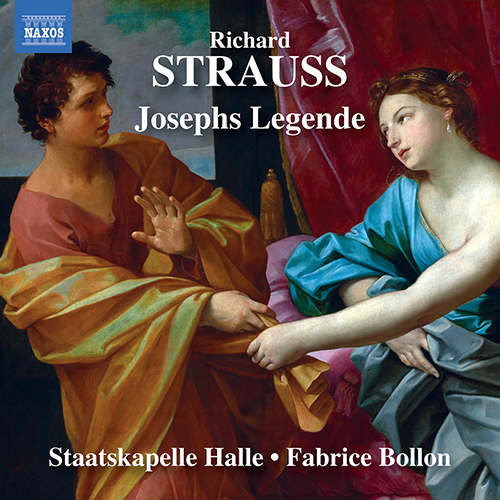
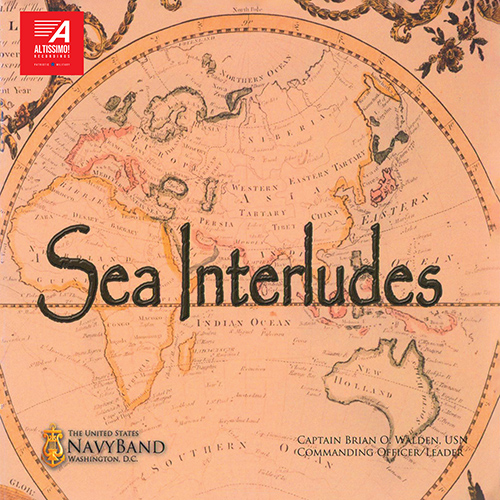
![ROSSINI, G.: Le siège de Corinthe [Opera] (Rossini Opera Festival, 2017) ROSSINI, G.: Le siège de Corinthe [Opera] (Rossini Opera Festival, 2017)](../../../sharedfiles/images/cds/hires/765808.jpg)
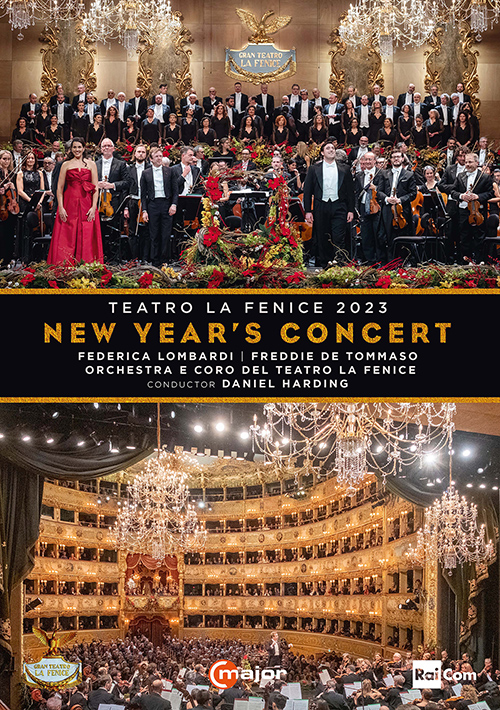
![PUCCINI, G.: Manon Lescaut [Opera] (Liceu, 2018) PUCCINI, G.: Manon Lescaut [Opera] (Liceu, 2018)](../../../sharedfiles/images/cds/hires/766308.jpg)
![BUSONI, F.: Doktor Faust [Opera] (Maggio Musicale Fiorentino, 2023) BUSONI, F.: Doktor Faust [Opera] (Maggio Musicale Fiorentino, 2023)](../../../sharedfiles/images/cds/hires/DYN-37998.jpg)
![WAGNER, R.: Die Walküre [Opera] (Deutsche Oper Berlin, 2021) WAGNER, R.: Die Walküre [Opera] (Deutsche Oper Berlin, 2021)](../../../sharedfiles/images/cds/hires/2.110741-42.jpg)
![NIELSEN, C.: Maskarade [Opera] (Sung in German) (Frankfurt Opera, 2021) NIELSEN, C.: Maskarade [Opera] (Sung in German) (Frankfurt Opera, 2021)](../../../sharedfiles/images/cds/hires/2.110762.jpg)
